|
The
Park spans over an area of 820sq. Km which includes
Rajaji, Motichur and Chilla wildlife sanctuaries,
parts of Dehradun, Shiwalik and Lansdowne Forest
Divisions. These three sanctuaries were amalgamated in
1983 to Rajaji National Park, named after the Late
Raj Gopalachari The last Governor General of India in
British period. The Holy river Ganges flows through
the National Park for a distance of 24km, besides the
innumerable streams and WILD BROOK s making it rich and
diverse. It offers ample opportunities to nature
lovers to enjoy the captivating landscape and
wildlife.
Rajaji
is thickly foliated predominantly by the Sal Forest
and a number of other forest types which include the
Western Gangetic Moist and Northern dry Deciduous and
Khair-Sissoo forests. Low Alluvial Savannah Woodlands
cover the drier southern margins of the park, in
contrast to the Shiwalik Chir-Pine on the high reaches
of the hills. The
park is home to the Cheetal, Barking deer, Sambar deer,
Wild Boar, antelopes such as the Nilgai, Goral
and of course the Asian Elephant
for which this
park is the Northern and Western most boundary
protecting it under
Project Elephant
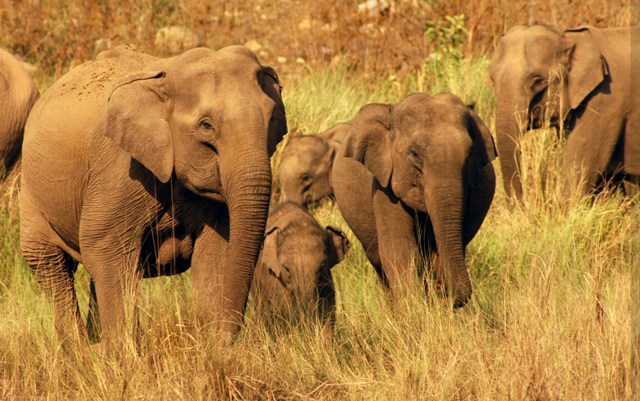 |
|
Group of wild Elephants with a calf sustaining in
summer on grasslands in the Rajaji National Park
. |
The
primates include the Rhesus Macaque and the Hanuman
Langur. The
Indian Hare and the Indian Porcupine are among some of the
small mammals found in the park. Reptiles
in Rajaji include one of the largest Pythons, King
Cobra, Common Krait, Indian Cobra and the Monitor
Lizard. The
park also houses over four hundred bird species. The
Oriental Pied Hornbill, Crested Kingfisher and Crimson sunbird are some of the residents of our
retreat.
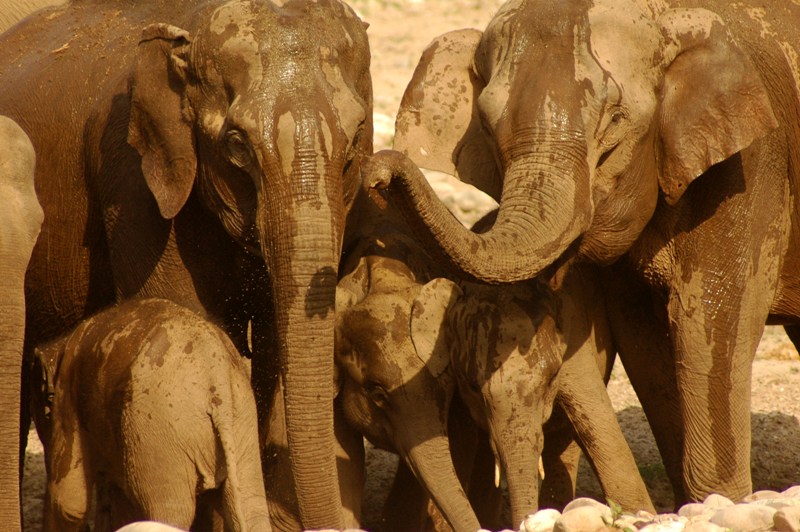 |
|
Asian Elephants' family using water from
shrinking water holes to keep the body cool |
This
area is the first staging ground after the migratory
birds cross over the mighty Himalayas into the Indian
subcontinent. Rajaji
National Park and the Wild Brook Retreat give you all
the excitement and exhilaration of holidaying in the
heart of the Indian wildlife. Just where all the
action is. In the lap of Nature at its most raw and
where the law of the jungle prevails. Predators prowl
the wild pathways, the deer call for help, birds
shriek in the skies and reptiles slither across the
earth.
The
park also protects carnivores such as the Royal
Bengal Tiger under
Project Tiger and
the Leopard and the lesser carnivores like the Jackal,
Hyena, Jungle Cat, Leopard Cat, Civets, Himalayan
Yellow-Throated Marten Himalayan Black and Sloth Bears.
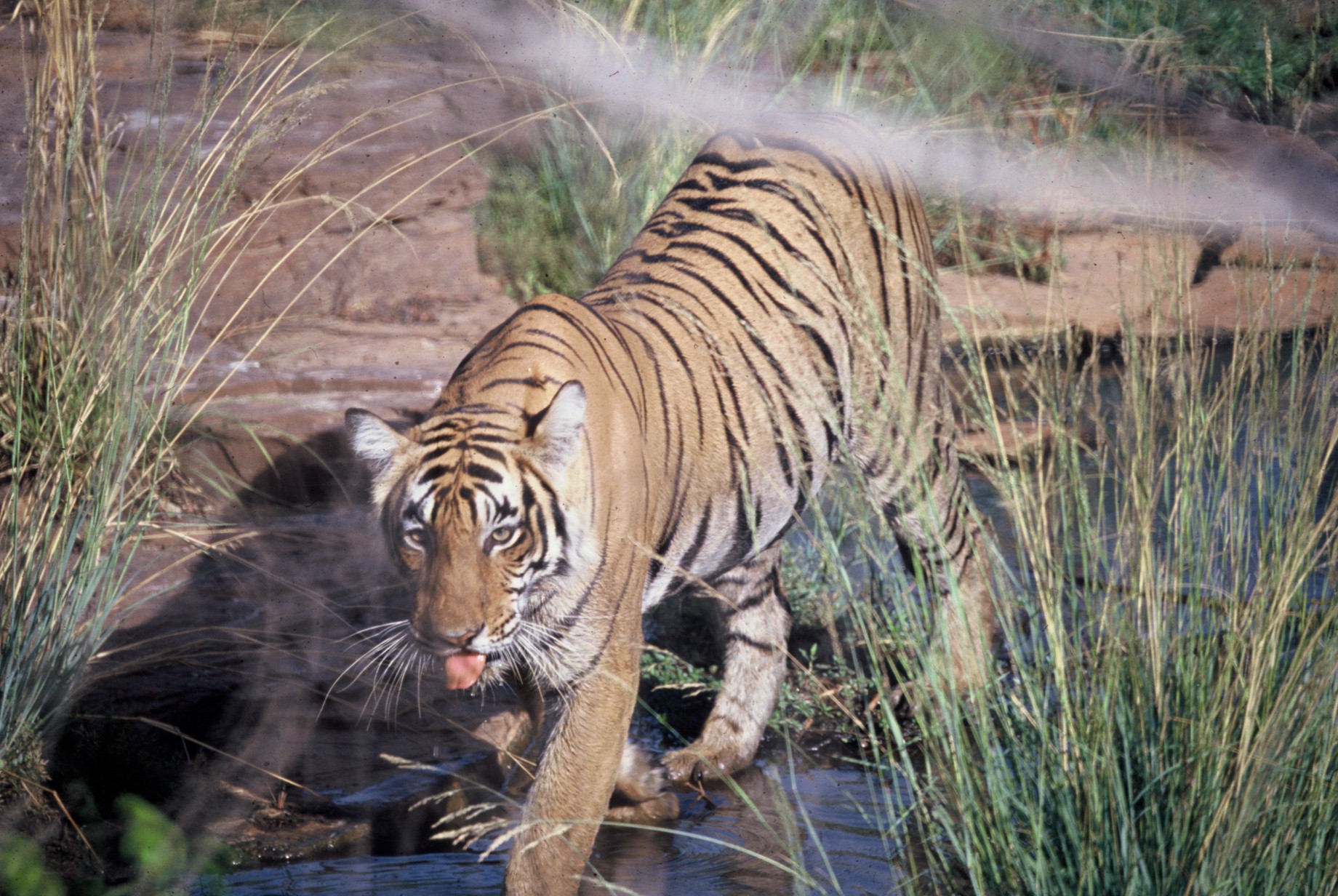 |
|
Royal Bengal Tiger |
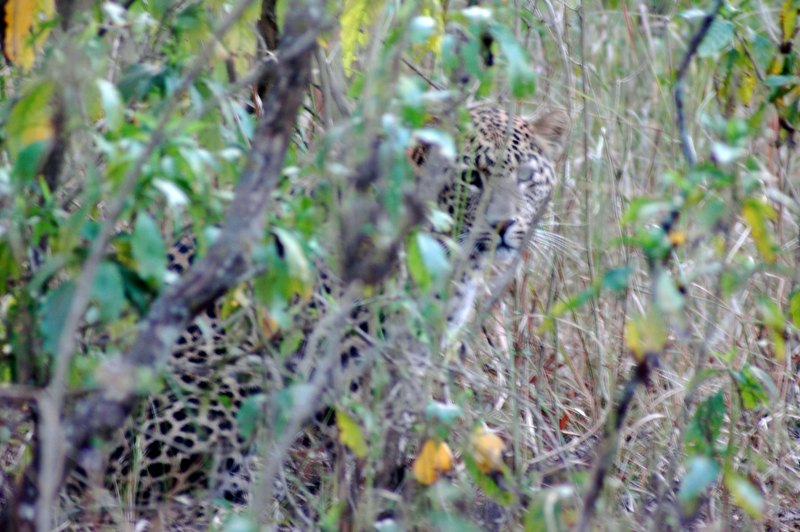 |
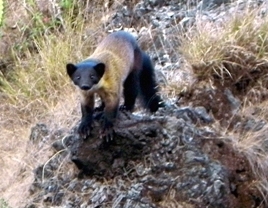 |
|
Panther or Leopard |
Yellow Throated Marten |
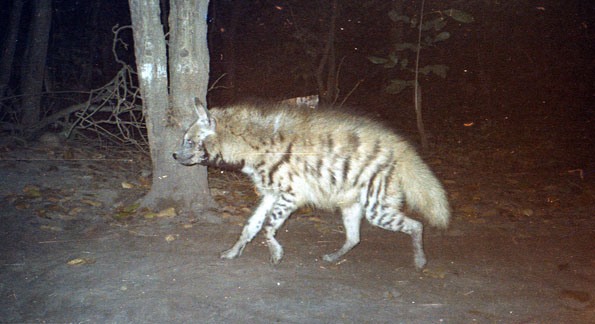 |
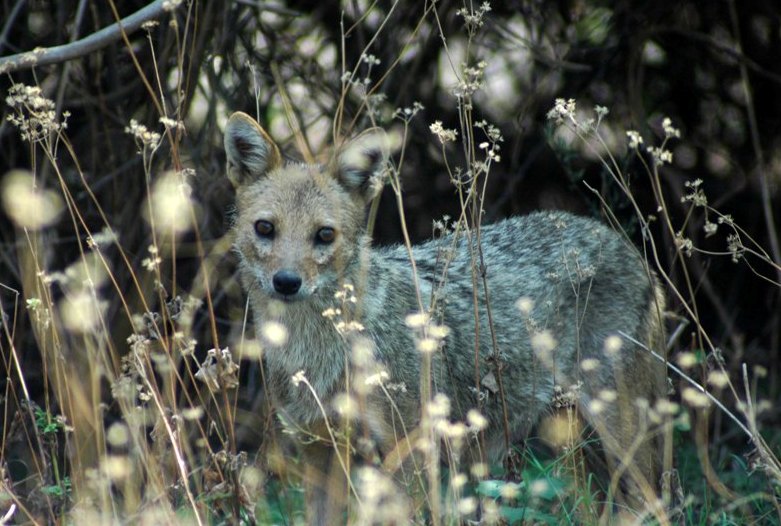 |
|
Striped Hyena |
Common Jackal |
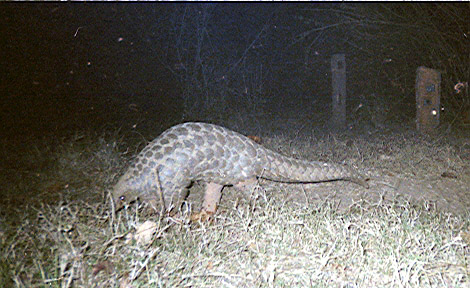 |
 |
|
Pangolin |
Porcupine |
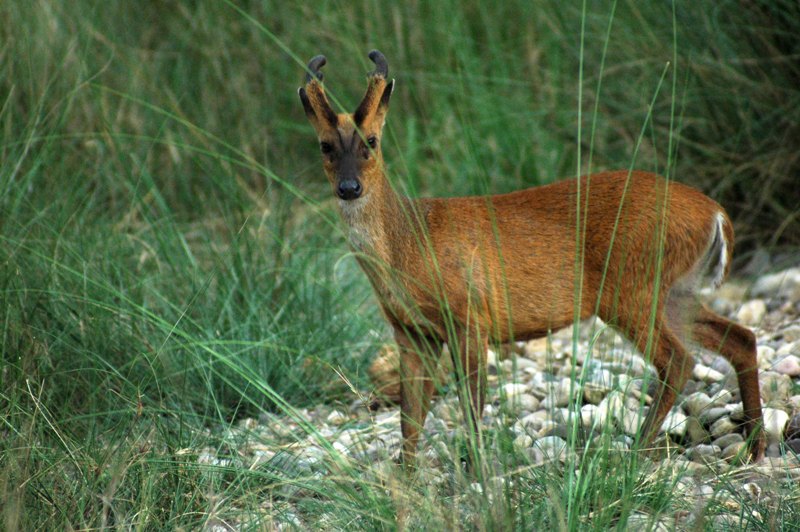 |
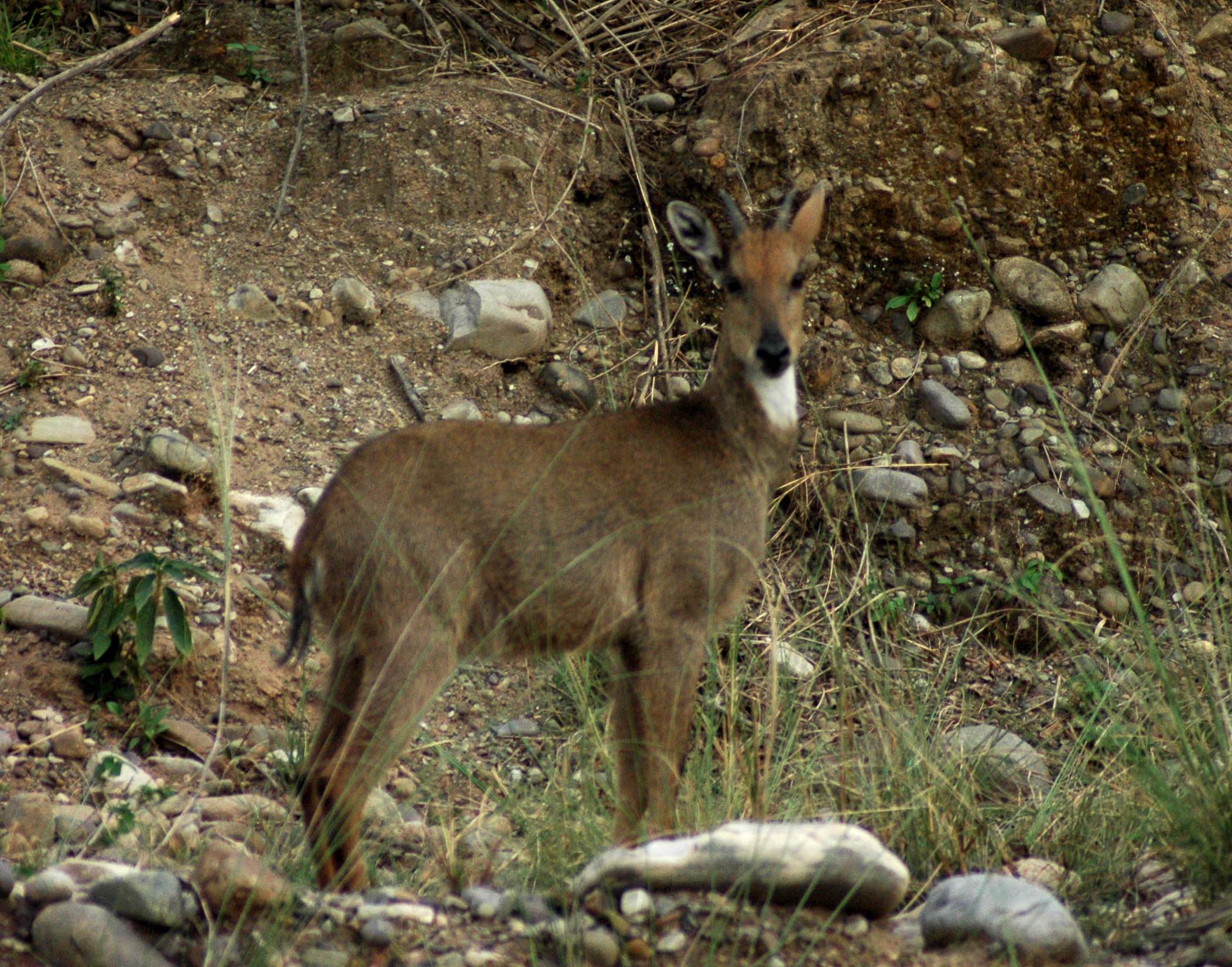 |
|
Barking Deer |
Goral |
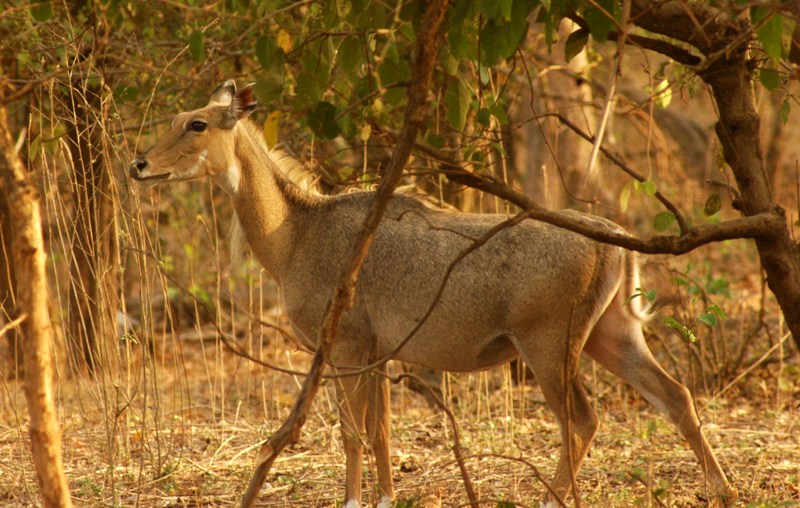 |
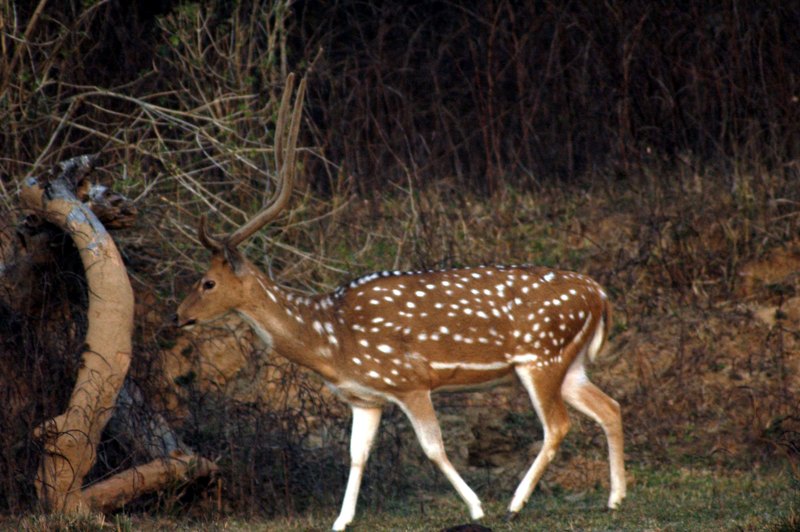 |
|
Blue Bull |
Spotted
Deer |
|
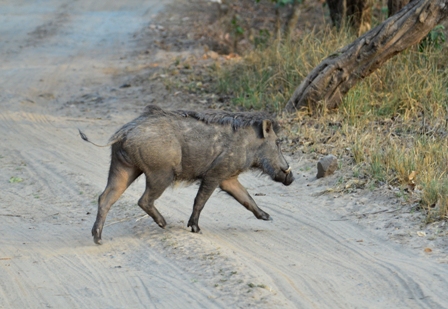 |
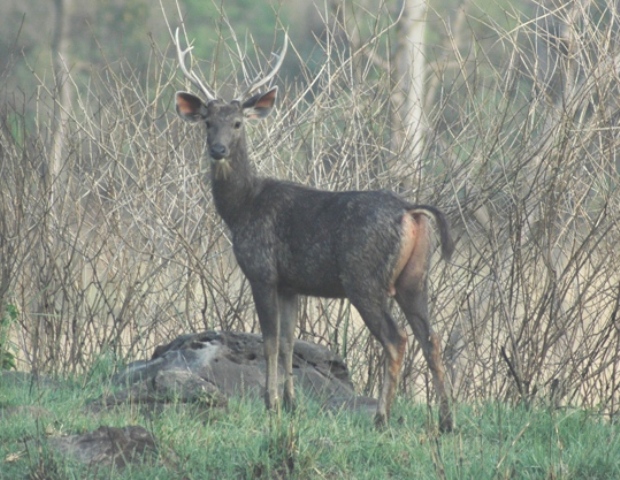 |
|
Wild Boar |
Sambhar |
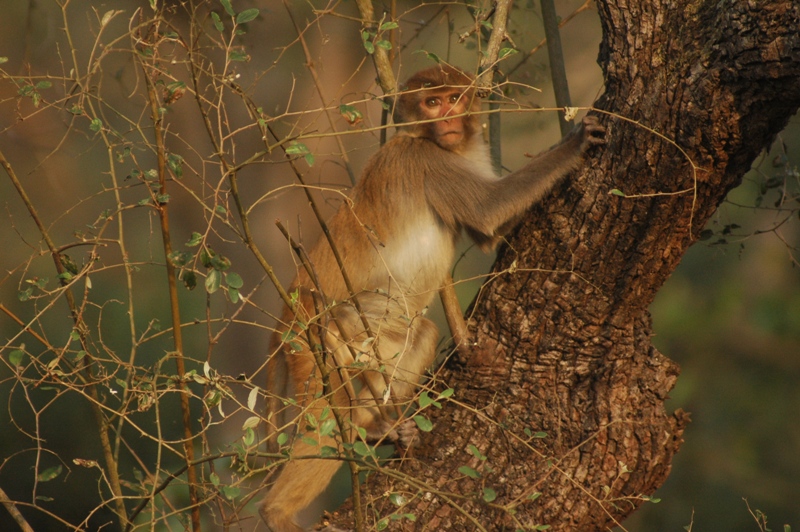 |
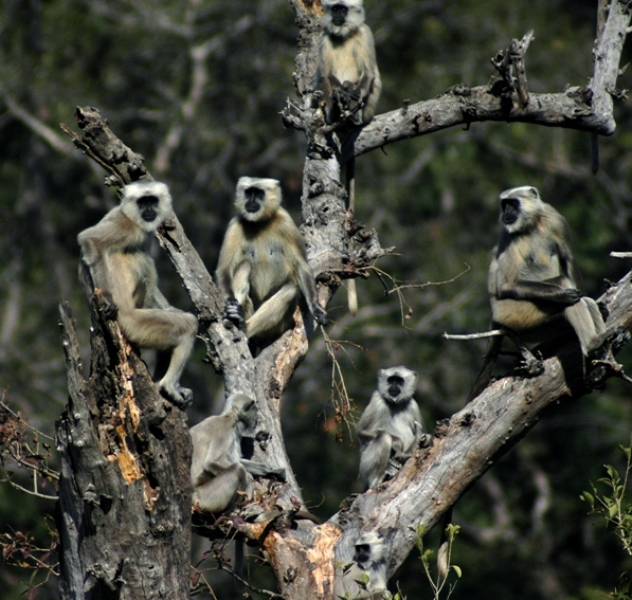 |
|
Rhesus Monkey |
Common Langur |
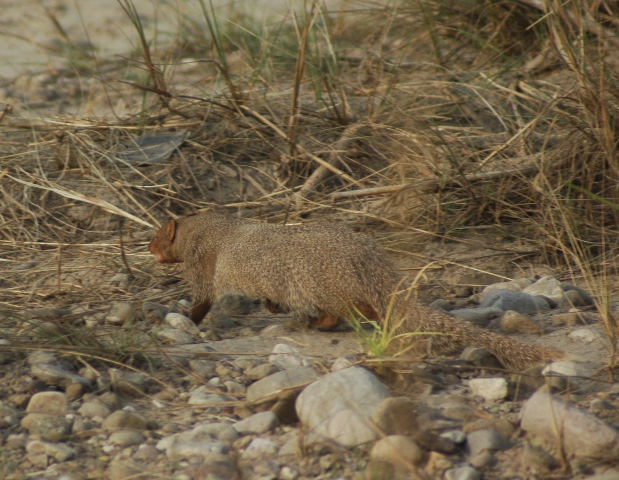 |
|
|
Common Mongoose |
|
The Avifauna in the
Rajaji National Park
There are about 315 species of birds that inhabit this
park. India's National bird, Peacock is found here in
abundance. Innumerable variety of butterflies and
small birds add to the beauty of this place. Rusty
cheeked Scimitar, Babbler, Golden-spectacled Warbler,
Chestnut-tailed Starling, Brown Hawk-Owl, Drongo
Cuckoo, Indian, Slaty
Headed
Parakeets, Great Hornbill, Red Jungle Fowl, Lineted Barbet,
Crested Kingfishers, Black Hooded Oriole, Khaleej Pheasant, Woodpeckers,
Finches, Thrushes and so on. Winter season sees a large
number of migratory birds visiting the National Park.
Reptiles
Reptiles seen at the park comprise of Monitor Lizard,
along with King Cobra, Python and a number of other
snakes.
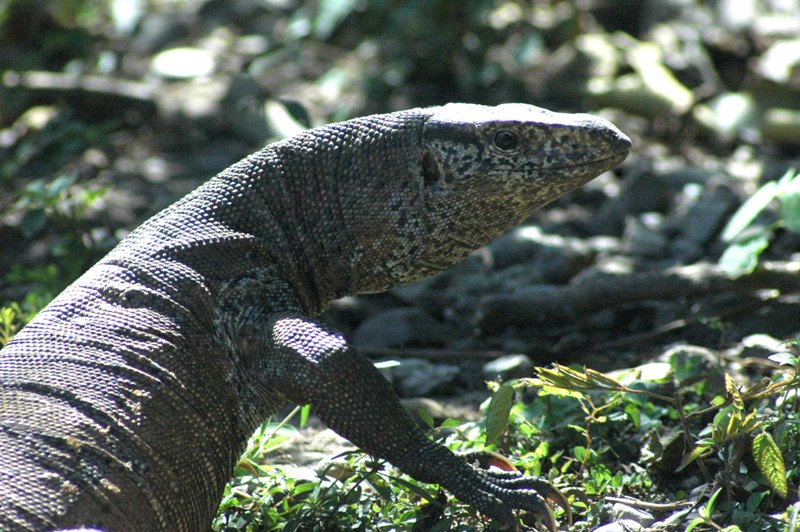 |
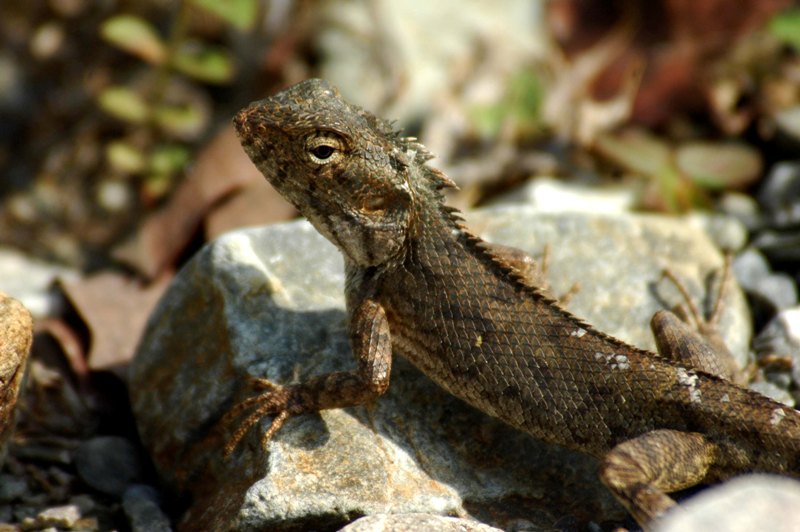 |
|
Indian Monitor Lizard |
Calotes
sp. |
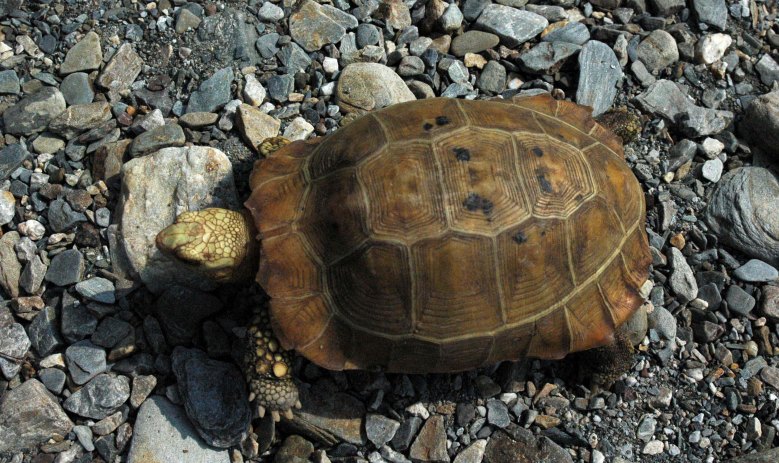 |
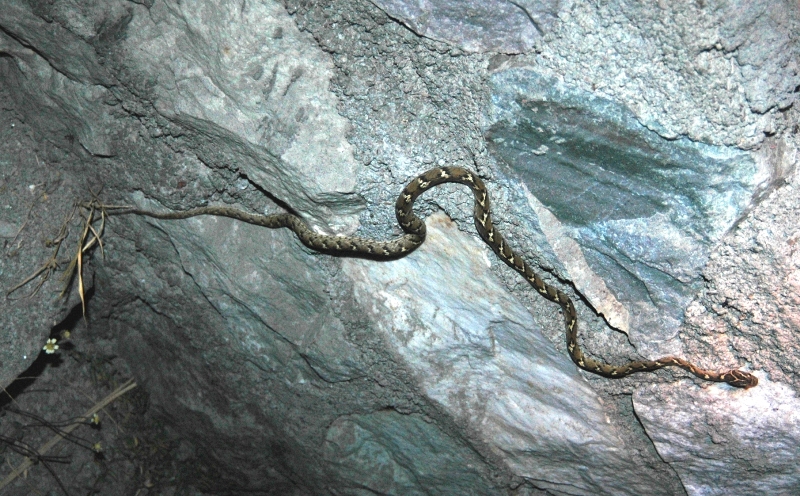 |
|
Tortoise |
Common Krait |
|
|
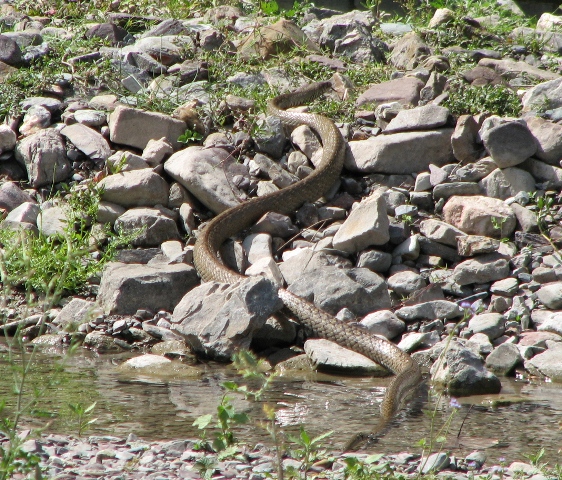 |
|
|
Rat Snake |
Fish
and Crab
Ganga and Song rivers, flowing through the park, are
home to a wide variety of fish, like Goonch, Trout,
Kalabasu, Mahaseer and Chilwa besides some crabs and
small fishes in streams feeding big rivers..
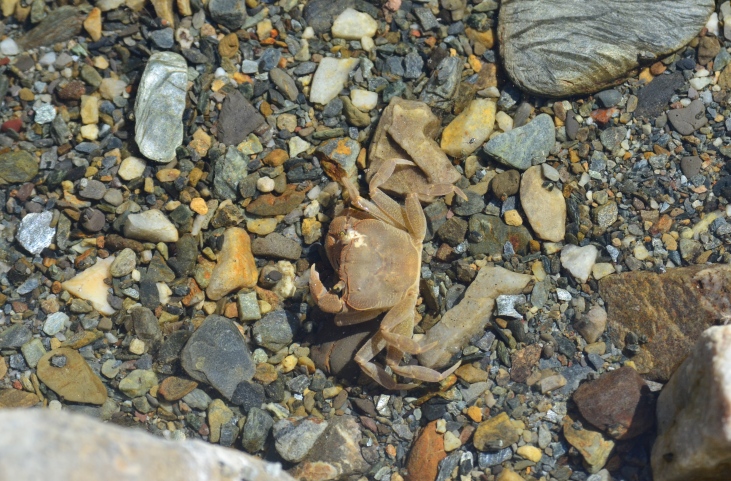 |
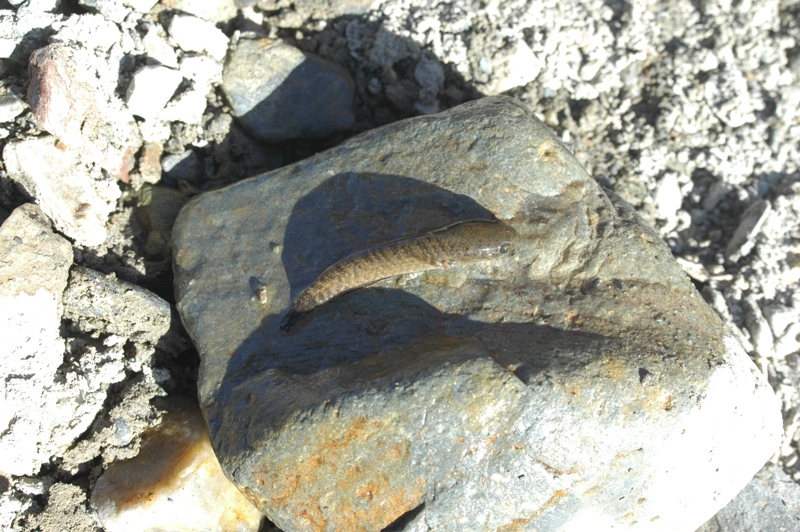 |
|
Crab |
Fish sp.in stream |
All the pictures used in fauna are taken by
Manoj
Kulshreshtha except Yellow Throated Marten
contributed by Suniti Bhushan Datta and some pictures
by Wild Life Institute Of India's scientist Bivash Pandav generously for
enriching the content of this web site taken by
using flash trap camera like Striped Hyena, Porcupine
& Pangolin
To experience the
wilderness and species richness one has to come and
spend some time to explore this eco-tonal zone forming
due to merger of Shiwalik and Himalayan Ranges in
Rajaji National Park.
|